Is now the time to refinance business debt? Is now the time to get a new loan for your business? In today’s low interest rate environment, many business owners are tempted to try to refinance existing debt or obtain a new loan to take advantage of historically low interest rates. Some owners are seriously looking at these options because there is a feeling that these low rates will not be around much longer.
Before refinancing existing debt or taking on new debt in today’s favorable rate environment, there are several issues that need to be addressed to ensure that refinancing or new debt is the most beneficial option for a company. Each issue should be analyzed before signing the dotted line.
For most people the primary reason for considering refinancing debt is to take advantage of lower interest rates, thereby reducing interest expense and lowering monthly cash consumption. But there are issues that are equally important.
For businesses considering refinancing debt, the first step should be a good understanding of the cost of the present debt. Business owners should list all company debt with original principal balances, current outstanding principal balances, interest rates, payment terms, collateral pledged, and personal guarantees. By looking at outstanding principal balances and current interest rates, one can then determine the average weighted interest rate for total debt as well as other pertinent data. This listing, or “debt schedule,” gives one a complete and concise view of all company debt and will form the basis for evaluating financing options. This document will also be required by any lender looking at refinancing existing debt.
It is important that the business owner look at the total cost of refinancing. Other than interest expenses, typical costs may include application fees, origination fees, loan closing fees, and/or packing fees. The prospective borrower should ask in advance and get a clear understanding of “total” costs involved in obtaining the new loan. Often these additional costs may make the cost of refinancing prohibitive. Even though the “interest rate” is lower, the total cost of refinancing may exceed the savings in reduced monthly payments.
Obviously, interest rates are currently extremely low and very attractive. However, in this environment lenders may not be willing to offer a fixed rate for the total term of the loan. If the business owner is offered a variable rate that fluctuates with changes in the market rates, the benefits of today’s low rates may quickly be erased as interest rates rise. The most optimal situation is a long term, low rate fixed rate loan. Unfortunately, rates of this nature are sometimes difficult to negotiate.
The business owner should also look at repayment terms on the refinanced debt. Unless propelled by a dramatic need for cash flow improvement, the terms on the refinanced debt should closely equate to the existing debt. Extending the terms on old debt even at a lower rate may not necessarily be the best move for a company.
The business owner should be mindful of the original uses or reasons for the existing debt. Short-term uses of money should remain on short-term debt. For example, a company that borrowed money for the purchase of seasonal inventory should not normally refinance that “short-term” loan into a long term loan even if at an attractive interest rate. The bottom line is that money borrowed to be used for shortterm purposes should be paid back in a short-term.
Sometimes low interest rates prompt the business owner to consider purchasing new assets and financing that purchase through debt. The purchase of a major asset or a change in the business operations should be looked at as a capital investment. The decision on whether or not to get a loan to fund the capital purchase or improvement should be based on the expected return on that investment and not just on the low cost of debt capital.
In order to determine the financial feasibility of the new loan, the first step is to look at the impact of the new loan on the company’s cash flow and profitability. It is suggested that a company complete detailed financial projections, including profit and loss as well as cash flow pro formas. The company should complete at least 24 months of month-to-month projections in order to get a realistic view of the impact of the new debt.
Whether refinancing or seeking a new loan, a prudent business owner is careful to fully understand the true cost of the debt and the financial impact of the debt on both cash flow and financial statements. While interest rates are favorable now, refinancing or getting a new loan may not be the most advantageous move for a company.
(Source: Darrel Hulsey, SBDC Gwinnett Office)


